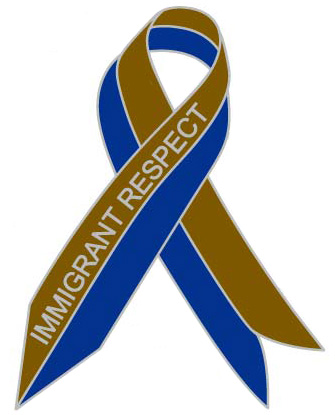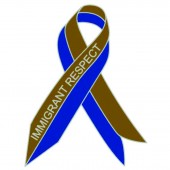Sonia Sierra | El Universal
Martes 29 de mayo de 2012
A proposal initiated by Cuban artist Tania Bruguera
If one speaks using a politician’s discourse, with strategies to create a political party, it’s possible that art may be a means to reach them and permeate their discourse.
This is why artist Tania Bruguera has proposed the creation of the Party of Migrant People, (Partido del Pueblo Migrante, PPM), that has been taking form since December 2011, and has been preceded by Immigrant Movement International in Corona, Queens, New York.
Yesterday, after announcing the launch of the PPM in the Historical Center of Mexico City, several voceadores (newspaper vendors) – in reminiscence of past times- brought together by the artist to announce the opening of PPM, and the addresses of organizations and spaces for migrants, the party will be launched in the campaign headquarters at Centro Cultural Casa Talavera, located at Talavera 20 in the Historical Center, during an event that will be held at 6:00pm.
Newspaper vendors invited people to attend the launching and chanted slogans such as: “The Party of Migrant People, an option for those who don’t have one,” “Because you could be the next migrant” and “Migrant Vote”, which is the action that will take place on July 1st.
This piece is initiated by the Cuban artist and produced by the Sala de Arte Público Siqueiros, created within the context of the Mexican presidential elections to which the initiator points to the lack of a political platform that includes migrants as a political subject and priority.
Given that Mexico is a country where migration is one of the most important issues, due to its border with the United States among other reasons, is that this political party has been proposed from this place.
“It is about trying to incorporate the issue of migration into the discourse of the presidential candidates, with more visibility that the one that is currently being given by them. It’s a main issue in the lives of many Mexicans and, they, however, are addressing it as a secondary issue, the idea is to try to give more visibility to the migration problem here, since the government has neglected this situation and how civil and religious associations have taken responsibility in solving migrant issues.
Types of Migrants
Bruguera states that there are different ways of categorizing migrants: one: those who leave; two: those who leave and have to come back; three; those who are passing by, and four; those who stay.
“Mainly” –says the artist through a phone interview – “people talk about Mexican migrants that go to the United States and send remittances. We have to show that the government, with the little attention that it provides, gives most of its attention to migrants who send remittances, however they are not addressing those migrants that are passing through from Central America, Asia, from China, with respect, or those who have come back due to the economic crisis or have been deported.”
With regard to migration, the artist states that much has been discussed in Mexico, such as the idea of having a migrant sanctuary, but many proposals have fallen through.
“We are interested in criticizing the professional life of politicians, which is closely related to great powers, like banks or Televisa, and disconnected with the interests of the people.”
What Can Be Done with Art
Tonight, Casa Talavera will give out memberships to the party, slogan stickers will be distributed around the city and, meetings with public associations will be held for all citizens, migrants or not, to participate in.
“What I am looking for is, that migrants, a social group that has no representation of any sort, can have that representation. They are people to whom no laws of any country work, laws from their own countries don’t represent them, laws from the country they arrive to don’t either and they do not recognize them as people.”
From Bruguera’s point of view, the artist is a citizen that must be responsible and art institutions must be centers where collective and citizenship models can be proposed. “What makes artists different is that they have a type of language that allows them to create a reality before it actually exists and that it can be shared with people.”



